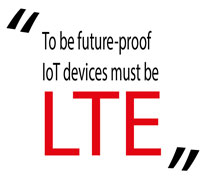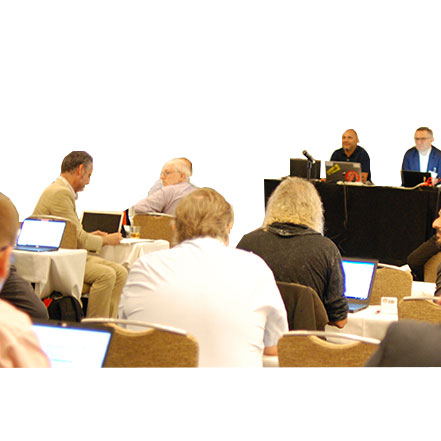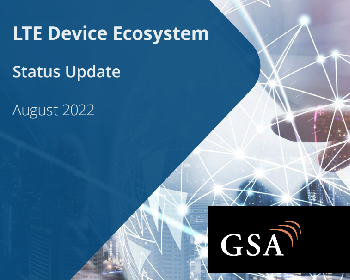LTE and the Internet of Things
In her article for a recent FireceWireless eBrief, Kimberly Tassin, takes a look at the new opportunities being created by LTE and how the technology is being built in to chipsets and modules for various sectors...
Article by Kimberly Tassin, Sequans Communications
Although the point in time at which LTE becomes the dominant connectivity technology in the Internet of Things is debatable, it is clear that’s where the world is headed and the time is approaching quickly. The explosive growth of the IoT — now projected to reach multiple billions of devices in the next few years — and the unprecedented high adoption rate of LTE have given rise to a tidal wave of new business opportunities not only for mobile operators, but also for device makers now highly incentivized to connect their devices to the Internet via LTE.
Beyond traditional makers of smartphones, tablets, and routers, the LTE-enabled IoT offers a myriad of new business opportunities to nontraditional device makers based on connecting devices to the Internet that have never been connected before— devices that create tremendous new efficiency for home and business, transportation, energy, agriculture, healthcare, security, retail, advertising, and more.
The flat, all-inclusive nature of LTE’s all-IP architecture makes it ideal for IoT applications. Also, LTE provides built-in security along with robust and scalable traffic management capabilities, but the main driver for LTE in the IoT is economic. Since LTE is significantly more spectrally-efficient than 2G or 3G, transporting data over a 4G LTE network can be done at a much lower cost per bit.
LTE in this regard is two or three times more efficient than 3G; and 20 times more efficient than 2G. One analyst has estimated that data costing a dollar to send over a 2G network can be sent over an LTE network for a mere five cents. For this powerful economic incentive, operators around the world are aggressively re-farming their 2G and 3G spectrum and moving quickly to LTE. In the USA, Japan and South Korea, LTE coverage already exceeds 3G coverage and a worldwide trend has begun.
IoT-friendly LTE chipsets are the foundation for the new wave of LTE device development and the best solutions are flexible, efficient, and low cost. There are LTE chipsets and modules available today that have been designed for exactly this. Highly optimized for M2M and IoT devices, these new solutions provide all the features and functionality required to build robust, long-life LTE devices for numerous applications at a low cost. Features include a small footprint, ultra low power consumption, a mature and customizable software suite, and “drop-in” simplicity for ease-of-integration, necessary for the many non-traditional device-makers without wireless expertise. Overall, single-mode LTE chipsets and modules offer an ideal balance of feature functionality and cost for a price to performance ratio that solidifies the business case for many types of devices.
The rate at which LTE is being adopted for IoT devices is astounding. We are already seeing LTE embedded in utility meters, automobiles, health monitoring devices, security cameras, and public safety systems, and new applications are being invented and deployed almost daily. It is clear that LTE is the future of the IoT, so, to be future-proof, IoT devices, which in many cases will be in the field for ten years or more, must be LTE.
· ![]() See the complete FierceWireless eBrief “LTE Plays a Key Role In The Internet of Things” at http://www.fiercewireless.com/library/ebooks
See the complete FierceWireless eBrief “LTE Plays a Key Role In The Internet of Things” at http://www.fiercewireless.com/library/ebooks
· Reproduced by Permission of the author - Kimberly Tassin, Director, Marketing Communications, Sequans Communications.
About Sequans Communications S.A.
Sequans Communications is a 4G chipmaker, supplying LTE and WiMAX chips to original equipment manufacturers and original design manufacturers. Visit Sequans online at www.sequans.com


 3GPP News
3GPP News



